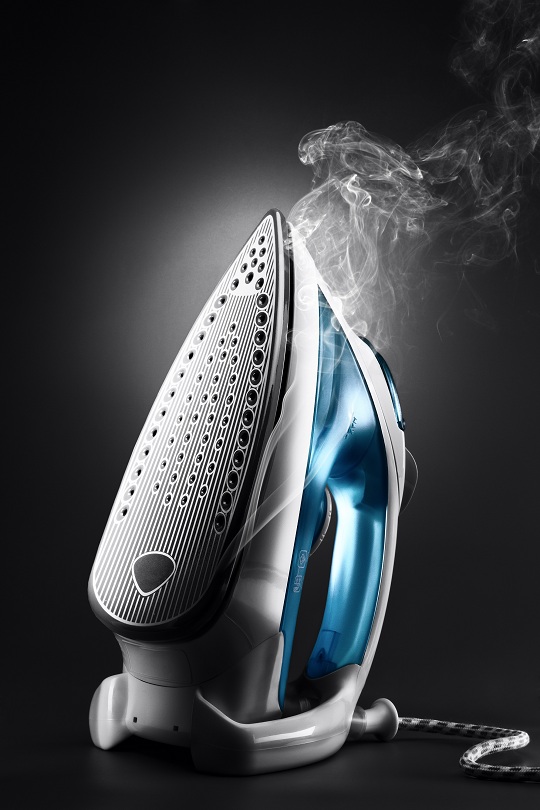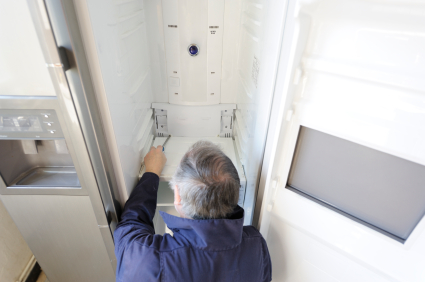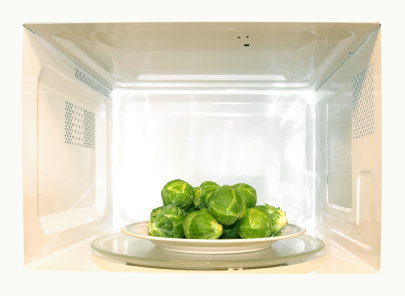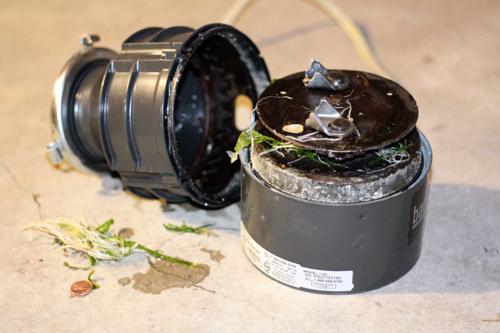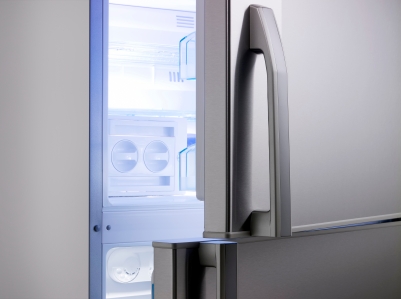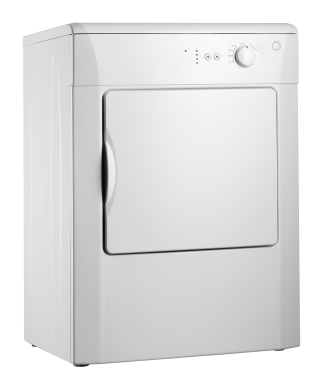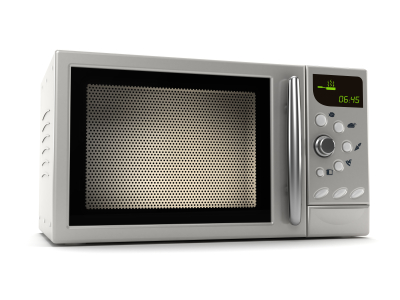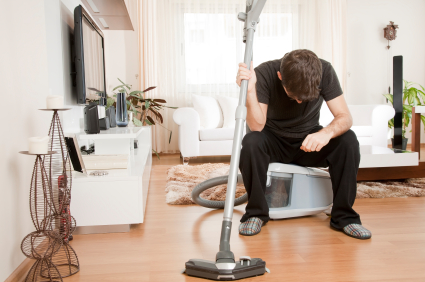Ironing our garments makes our clothes look crisp and new. Although we usually iron clean clothes, the soleplate of the iron gets dirty over time. When the iron starts sticking to your clothes, you run the risk of damaging or burning your clothing. Below are some easy ways to help you learn how to clean an iron soleplate to keep your iron looking as new as your clothes.
Vinegar
Vinegar is an inexpensive household cleaner. This multipurpose liquid is great for removing any residue, such as starch, which may be found on the bottom of the soleplate. To clean your iron with vinegar, unplug your iron and let it cool off completely. Pour some vinegar onto a cloth or towel and wipe the soleplate of the cool iron. If there is dirt in the soleplate holes, use a cotton swab to get into those hard-to-reach spots. If the dirt is difficult to remove, combine vinegar and baking soda on a cloth and rub the soleplate. You may also try warming up a solution of vinegar, salt, and water to remove tough residue buildup. Pour it on a soft cloth and wipe away dirt.
Newspaper
To remove waxy residue, heat the iron to its hottest temperature to help melt the wax. Lay several sheets of newspaper flat on a heat-resistant surface. Then “iron” the newspaper, using a clean sheet each time until the wax has been removed. When the wax has been removed, let the iron cool down and wipe the iron soleplate with a damp cloth to remove any newsprint left behind by the newspaper.
Detergent
A mild detergent with water will get the job done. Detergent breaks down oils and dirt. Use a damp cloth with some mild detergent and wipe the soleplate. Go over the soleplate again with a damp cloth to remove any soapy residue.
You can also read the instruction manual of your iron to find useful tips for preventing residue buildup on the soleplate. Never use an abrasive material, such as steel wool, to clean an iron soleplate of an electric iron because it could damage the iron.
Additional Help
If your iron needs repairing, use TalkLocal to help connect you with a local appliance repair professional. Try TalkLocal today!

